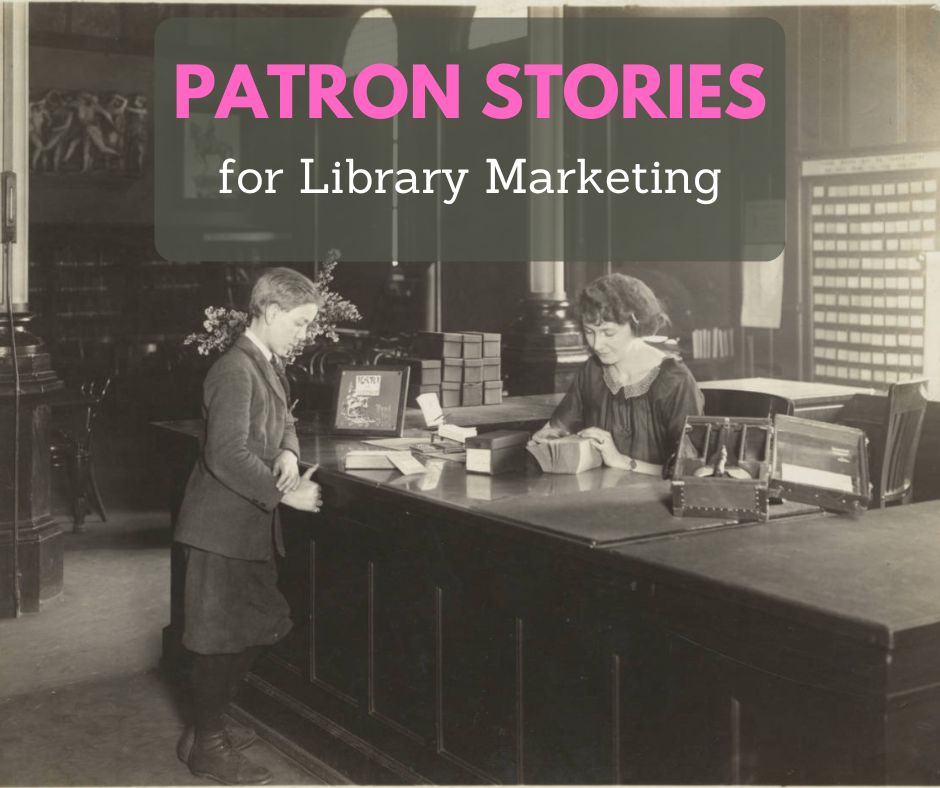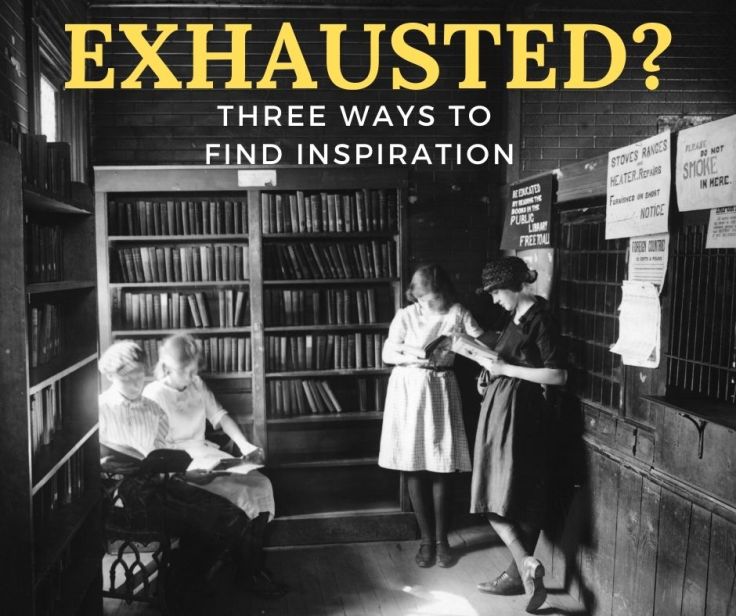
Imagine for a moment that you are walking down a city street, minding your own business when you see the clown Pennywise.
That’s right. The terrifying lead character from the Stephen King film “It,” remade and re-released in 2017, is hanging out in your city.
Now, what if I told you that the reason this horrifying clown was roaming the streets was to promote a library event?
Yea, that’s the reaction I had too.
But a library in St. Petersburg, Russia really went this route. And you know what? It worked.
The library used the wandering horror film character as a chance to draw attention to their Stephen King Festival. Someone dressed as Pennywise “would walk through the city, frightening passers-by and informing them about the upcoming festival.”
Honestly, I would never have approved this when I was working as a marketing manager in a library.
But it worked for this library. Because the media found out about the Pennywise clown stalking pedestrians. The clown, and the library, were covered in the press. We’re talking about dozens of outlets.
And that’s how people found out about the event. That led to record attendance. The library said 800 people showed up for the festival, more than four times what they had expected.
How do you draw attendance without scaring your community
Promoting your library is difficult. Events, renovations, new services, and additions to your collection cost money. They come with high expectations and goals. They require months of planning. The pressure to prove the value of your work to your community is high.
But there are things you can do to increase the likelihood your library gets noticed. This list does not include having someone dressed as a horror character wandering around your city or town.
But you know, I’ve learned a lesson from reading about the Friends Library. Sometimes you must be bold to get results.
Use storytelling to capture attention.
The first step is to think differently about the way you promote your library to the world. You want to capture the attention of your community, your cardholders, and the media. Telling a great story is a powerful and effective way to do this.
Your promotions need to do more than list off the details about your library. You want to set up the reason why your community should use your services. You want a memorable, compelling way to convey the value of your work.
A simple storytelling formula begins with the people.
Talk with the library staff and community members about whatever you are trying to promote. If you’re focused on a big event, follow the organizers around for a bit as they attend meetings, make calls, and get materials ready for the big day.
Interview a community member who is benefiting from the event, service, or collection item. If you are promoting a project that involves a partner or sponsor, get an interview from those organizations.
You don’t have to do a full-length Barbara Walters-style interrogation. You can ask a few simple questions that will add color and humanity to your promotion.
Here are some interview tips.
- Write down your questions ahead of time.
- Ask open-ended questions like, “Why did you sponsor this event?” or “Tell me why the library is offering this new service to our community.”
- Actively listen and ask follow-up questions.
- End the interview by asking if there is anything else the interviewee wants to say that you haven’t covered.
Once you have all your interviews, it’s time to write.
Focus on the characters, not the library.
Put all the quotes you want to use into your document. Then, work the details of the event into your story where it’s appropriate. Before you know it, you have a compelling piece that you can use to promote your event on social media, in email, and in print.
Guille-Alles Public Library is on the island of Guernsey, just off the coast of Normandy. And they work with Storybook Dads, a charity that helps incarcerated parents stay connected to their families by recording a bedtime story for their children. The Library’s Outreach Team has been working with Guernsey Prison for several years to provide books and readers’ advisory support for people convicted of crimes on the island.
To show the value of their work and to make sure their community knew about this project, the library wrote a compelling story. It featured interviews with library staff and incarcerated fathers.
Another great example of this comes from Bridges Library System. Marketing and Communications Librarian Jill Fuller does a great job humanizing the value of physical library spaces.
Find a home for your story.
The logical place to put this story is on your library blog. Another option is to create a landing page on your website and post your story. You want your work somewhere where you can easily share a link, preferably on your own website.
Housing your story on your website has an added benefit. You’ll also be rewarded by Google, which will pick up you keywords in your post and start showing the post in search results for anyone looking for those keywords. Google doesn’t catch keywords on PDF or Word document press releases posted to a website.
If you are not allowed to post your story on your own website, you can post your story on Facebook or on LinkedIn as an article. Both social media outlets offer you plenty of space. Facebook gives you 60,000+ characters, which can be roughly 8-10,000 words. LinkedIn articles give you twice that amount!
Share your story link everywhere.
Your library has an available audience on a variety of platforms. Now it’s time to make sure they read your story!
- Send an eblast to your cardholders and include the link.
- Share the link on your other social media platforms.
- Make bookmarks that include a few sentences teasing your article and a shortened URL. Insert those bookmarks in all your holds and checkouts leading up to your event. Share the bookmarks with your partner organizations.
And send a link to your story to your media contacts in a personalized email. I know it takes longer to send an email to each media contact than to send one mass email, but it’s worth it.
Here are some tips for writing the perfect pitch to journalists by email.
- Keep the body short but personalized. Address the journalist by name.
- Keep the subject line short and simple but intriguing.
- Get to your point quickly and include the link to your story.
- Explain why news of your upcoming event is beneficial to that media outlet.
3 Stories Your Library Should Be Telling Right Now
Related
Subscribe to this blog and you’ll receive an email every time I post. To do that, enter your email address and click on the “Follow” button in the lower left-hand corner of the page.






